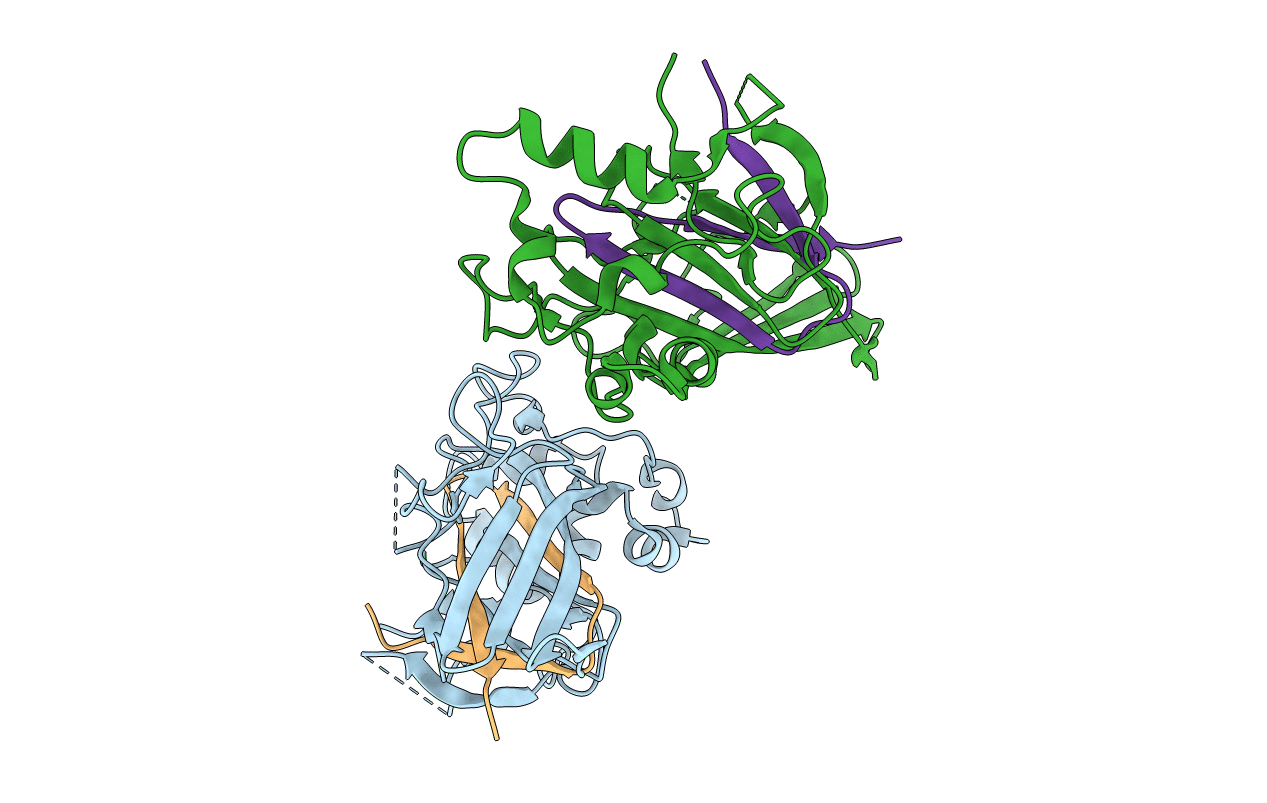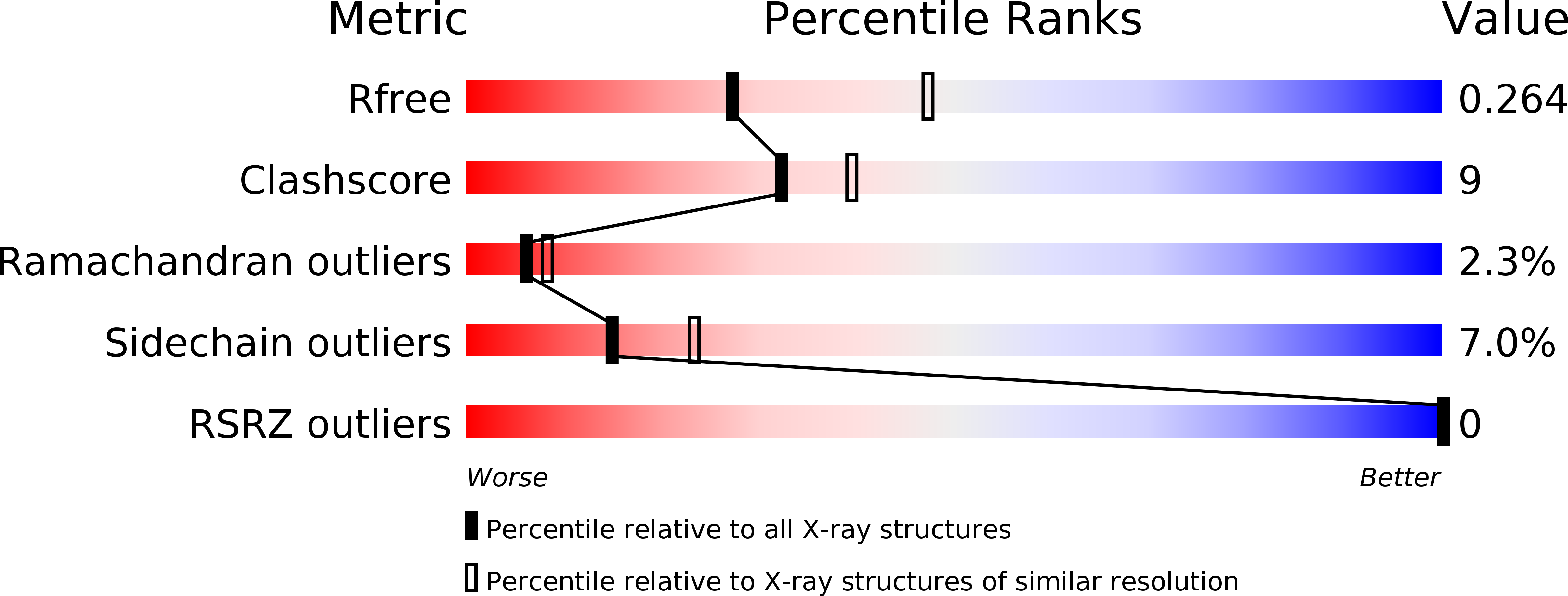
Deposition Date
2016-08-01
Release Date
2016-12-14
Last Version Date
2024-05-08
Entry Detail
Biological Source:
Source Organism:
Host Organism:
Method Details:
Experimental Method:
Resolution:
2.66 Å
R-Value Free:
0.26
R-Value Work:
0.20
R-Value Observed:
0.20
Space Group:
P 62 2 2


